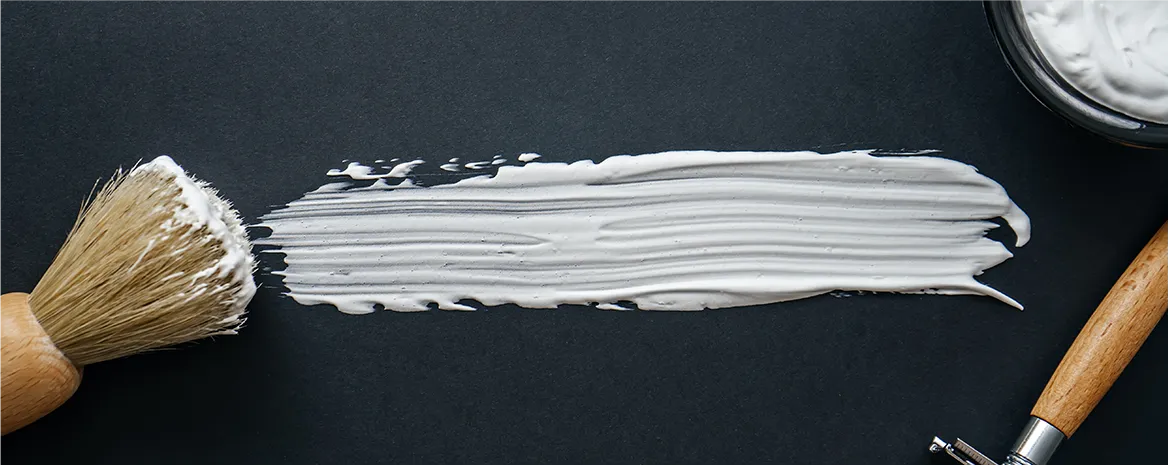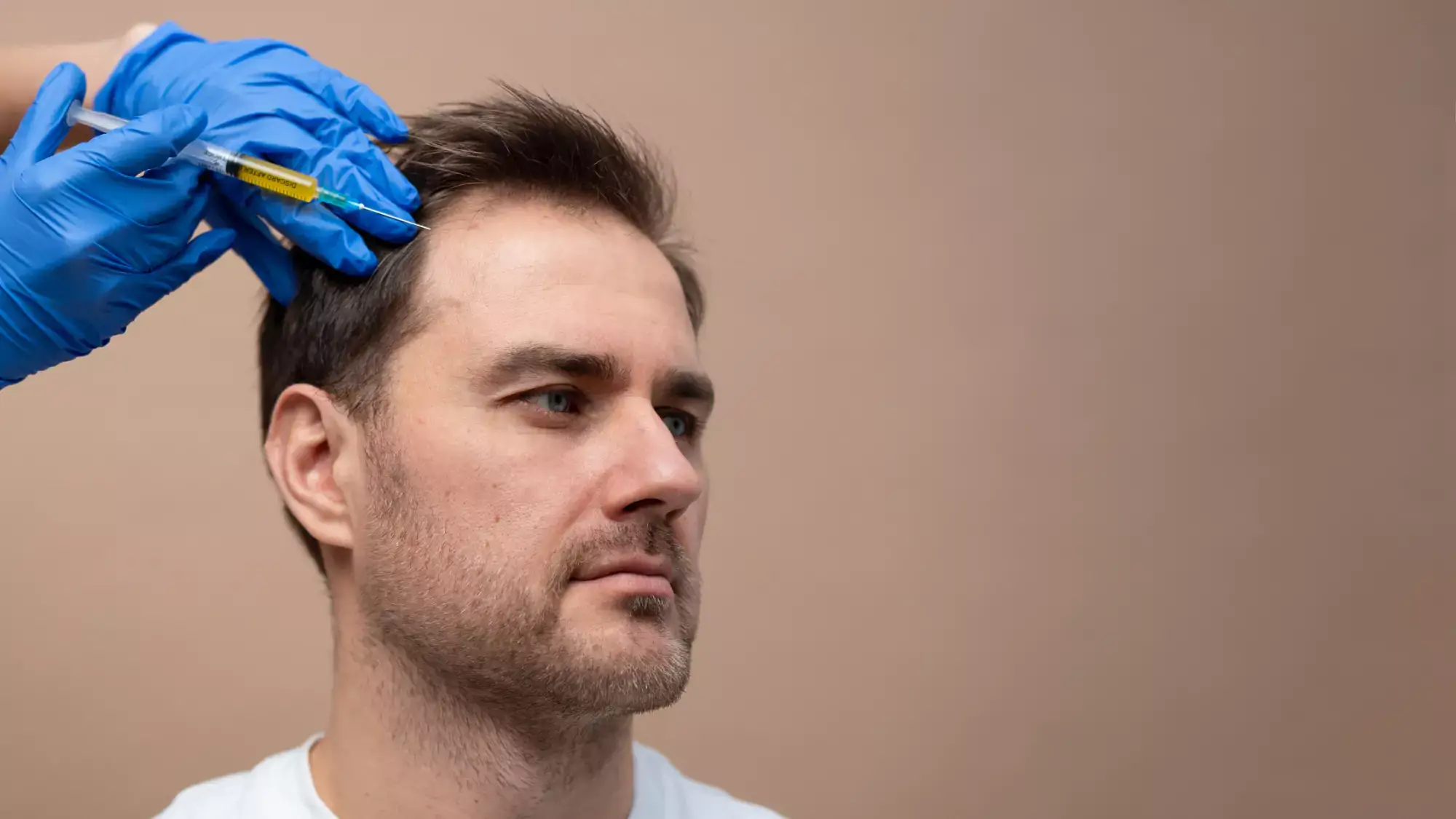How and When to Shave After a Hair Transplant?

How and When to Shave After a Hair Transplant?
Hair transplantation is a permanent and natural solution for individuals experiencing hair loss due to various reasons, such as aging, genetic predisposition, or medical conditions. While commonly associated with men over fifty, women also frequently undergo this procedure. Using the patient’s own hair, typically harvested from the nape, the transplant aims to restore the appearance of fuller hair. With advancements like DHI, FUE, and sapphire techniques, hair transplantation has evolved significantly. For more details on hair transplantation methods, you might want to explore further resources.
In this guide, we'll cover the crucial aspects of shaving after a hair transplant, including the optimal timing and techniques to ensure the best possible outcomes for your new hair.
The Golden Rule: Patience is Key
Patience is crucial following a hair transplant. The initial healing phase is vital for the success of the grafts, which need time to securely establish themselves. Rushing into shaving can compromise the healing process.
How and When to Shave After a Hair Transplant?
The first haircut should be scheduled approximately two months post-transplant to blend the newly transplanted hair with the existing hair. It's essential to use scissors for this initial cut to prevent any damage to the new grafts. As the transplanted hair grows, differences in length will appear, but these can be managed with careful trimming.
When Can Shaving with Scissors Be Done?
You can start using scissors two months after the procedure. It's advisable to avoid clippers during this period as the scalp may develop some acne, which could be aggravated by machine use. If a professional barber is involved, make sure they are aware that you have had a transplant.
When Can Shaving with a Machine Be Done?
Using a hair clipper is generally safe three months after the operation. By this time, the transplanted hair has sufficiently integrated with the roots. However, the shaving should not be done too close to the scalp to avoid damaging the new roots.
When Can Shaving with a Razor Be Done?
Razor shaving is usually safe six months post-operation. At this point, the earlier restrictions on scissors and clippers no longer apply, and most hair roots will have fully emerged.
Shaving Tips for Post-Transplant Hair Care
- Consult Your Surgeon: Always adhere to the guidance of your surgeon regarding post-operative care and shaving.
- Be Gentle: Handle your scalp with care during shaving to avoid disturbing the grafts.
- Use a Sharp Blade: Ensure that any blades used are sharp and clean to prevent pulling and irritation.
- Moisturize: Apply a gentle moisturizer or aftershave to soothe the skin and promote healing.
- Avoid Harsh Products: Stay clear of products with harsh chemicals that could irritate the scalp or damage the hair.
- Shave in the Direction of Hair Growth: This reduces the risk of irritation and ingrown hairs.
- Stop if You Feel Pain: Any discomfort or pain should be a signal to stop and consult your surgeon.
Considerations for Post-Transplant Shaving
- Ensure all tools and surfaces are sterile to prevent infection.
- Inform any professionals involved in your care about your recent hair transplant.
- Proper technique will help maintain the appearance and health of your newly transplanted hair.
At Quality Care Global, we provide our patients with comprehensive post-operative support, including detailed advice on maintaining scalp health and maximizing the results of your hair transplant. Remember, protecting your new hair is paramount—when in doubt, consult with your healthcare provider to address any concerns or questions you may have about the post-transplant care process.

